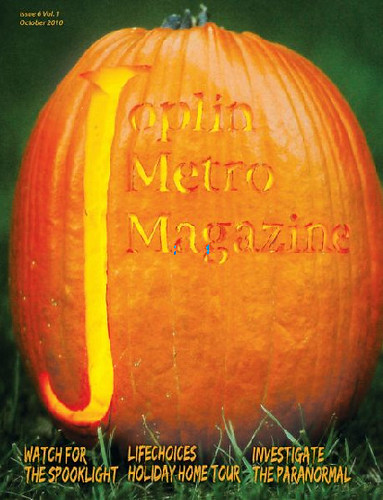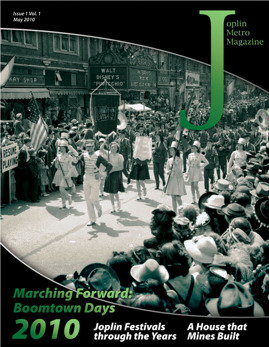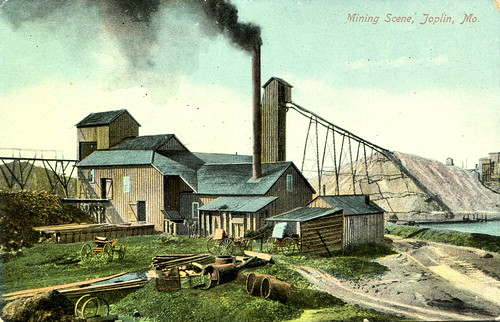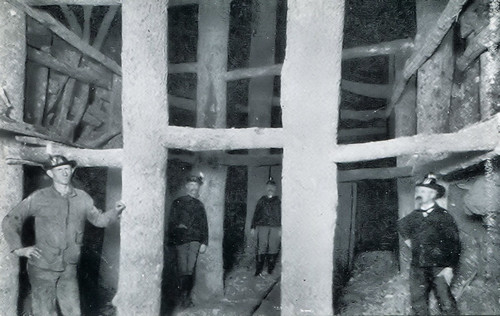
White Man's Heaven by Kimberly Harper
Interested in reading about local history? A new book this fall will offer the first comprehensive examination of five interconnected episodes of racial violence in the Ozarks. We like it already because its cover art features the work of Joplin’s famed resident, Thomas Hart Benton. Here are the details:
“Drawing on court records, newspaper accounts, penitentiary records, letters, and diaries, “White Man’s Heaven” is the first book to investigate the lynching and expulsion of African Americans in the Missouri and Arkansas Ozarks in the late nineteenth and early twentieth centuries.
Kimberly Harper explores events in the towns of Monett, Pierce City, Joplin, and Springfield, Missouri, and Harrison, Arkansas, to show how post—Civil War vigilantism, an established tradition of extralegal violence, and the rapid political, economic, and social change of the New South era combined to create an environment that resulted in interracial violence. Even though some whites, especially in Joplin and Springfield, tried to stop the violence and bring the lynchers to justice, many African Americans fled the Ozarks, leaving only a resilient few behind and forever changing the racial composition of the region.”
The book has received high praise from noted scholars Edward Ayers, Fitzhugh Brundage, and Brooks Blevins.
“Kimberly Harper has written a powerful, deeply researched, and persuasive account of the driving of entire communities of African Americans from their homes. These stories of the Ozarks speak of a larger tale of violence and subjugation we must understand if we are to understand the history of this country.”
–Edward L. Ayers, President, University of Richmond, and author of The Promise of the New South: Life After Reconstruction
“An uncommonly sophisticated piece of local history that demonstrates why local / micro history is so valuable.”
–W. Fitzhugh Brundage, William B. Umstead Professor, University of North Carolina, and author of Lynching in the New South: Georgia and Virginia, 1880—1930
“A valuable contribution to the study of American race relations and the Ozarks.”
–Brooks Blevins, Noel Boyd Associate Professor of Ozarks Studies, Missouri State University, and author of Arkansas / Arkansaw: How Bear Hunters, Hillbillies, and Good Ol’ Boys Defined a State
Keep an eye out for it in the fall. If you want to pre-order, you can purchase it on Amazon.com or through the University of Arkansas Press. At the time of the book’s release, we’ll offer more comprehensive coverage.
UPDATE: Check out the White Man’s Heaven website at www.WhiteMansHeaven.com.







